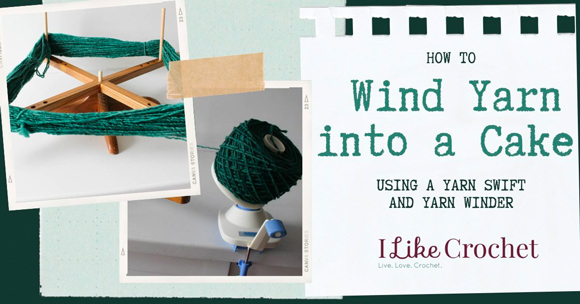
1. Store your handmade garments folded in a drawer. It’s tempting to think that you can treat your crocheted sweater or shawl like any other garment once it’s been properly blocked and finished, but if you want that sweater to last you for years to come, you have to protect it from the effects of gravity. When a sweater is hung up, the stitches have a tendency to stretch out. If you are a loose crocheter, you may find yourself with a much longer sweater than you started with a couple of months ago. Folding your crocheted items and laying them flat in a drawer or on a shelf will ensure that your stitches stay nice and even when the garment isn’t in use.
2. Protect your wool from predators. Moths are the natural enemy of wool-loving fiber enthusiasts; they’ll infiltrate your stash or your drawers and gnaw holes right into you gorgeous yarn or hand-crocheted garments. Since the introduction of synthetic clothing, moths have largely become the worry of our grandmothers and quaint old-fashioned stories, but the danger moths pose is an undeniable reality to those who love wool and other natural fibers. Luckily, there are some easy, natural ways to dissuade moths from setting up camp inside your favorite sweater. If you don’t want your things to smell like moth balls, just place a simple sachet of cedar and lavender, or even a block of cedar wood, into your stash or garment drawer. Moths are naturally repelled by these scents, and will cast a wide berth around your precious projects and yarn.
3. Hand wash and lay flat to dry. Since wool is a particularly resilient material, you may not need to do more than the occasional spot cleaning. If you get the urge to give your sweater an in-depth cleaning, you should treat it gently. If your washing machine happens to have a hand-knits setting, you can take the easy route and throw your garment straight into the washer. Most of us, however, have to resort to the tried and true method of hand washing. The easiest way to clean your garment is to immerse it in cold to lukewarm water with a generous dollop of wool wash. Once you’ve given your garment a good soak, drain the sink, squeeze out as much excess water as you can (remember never to wring garments made with animal fibers), then lay the garment flat to dry, ideally pinning it into your desired shape. Every time you decide to wash your crocheted item, you should basically go through the blocking process again.
4. Unpick snagged stitches right away. Snags on hand-crocheted items have a nasty habit of continuing to catch on random things until the yarn breaks, leaving you with two unfortunate tiny ends of yarn and a possible hole in your garment. Avoiding snags is easy, as long as you take care of them immediately. Grab a tapestry needle from your kit to assist you, and pull the stitches back into place. Your crocheted garment is essentially made from one long strand of yarn, and you should be able to easily see the stitches that have been tightened up by the snag. Simply use your tapestry needle to pull the excess yarn back into these stitches to undo the snag.
5. Make friends with a good sweater brush. Giving your hand-crocheted item the occasional swipe with a sweater stone or brush is a simple way to keep it looking like new. Pills are created when wool becomes tangled around tiny bits of dirt or debris. They pose a problem to your sweater since they tend to multiply and grow, making an otherwise attractive sweater or shawl look tawdry and old. Brushing out your sweater should be a relatively quick process, and can be done before putting it on or just before you put it back into the closet.
We all want our hand-crocheted items to last forever, which isn’t always possible. With a bit of consideration and good care, though, your favorite sweater should be able to last you a solid ten years without too much fuss. Good garment care is the easiest way to ensure that your sweater lives nearly as long as you.






Do you have sweater stones or brushes you recommend?